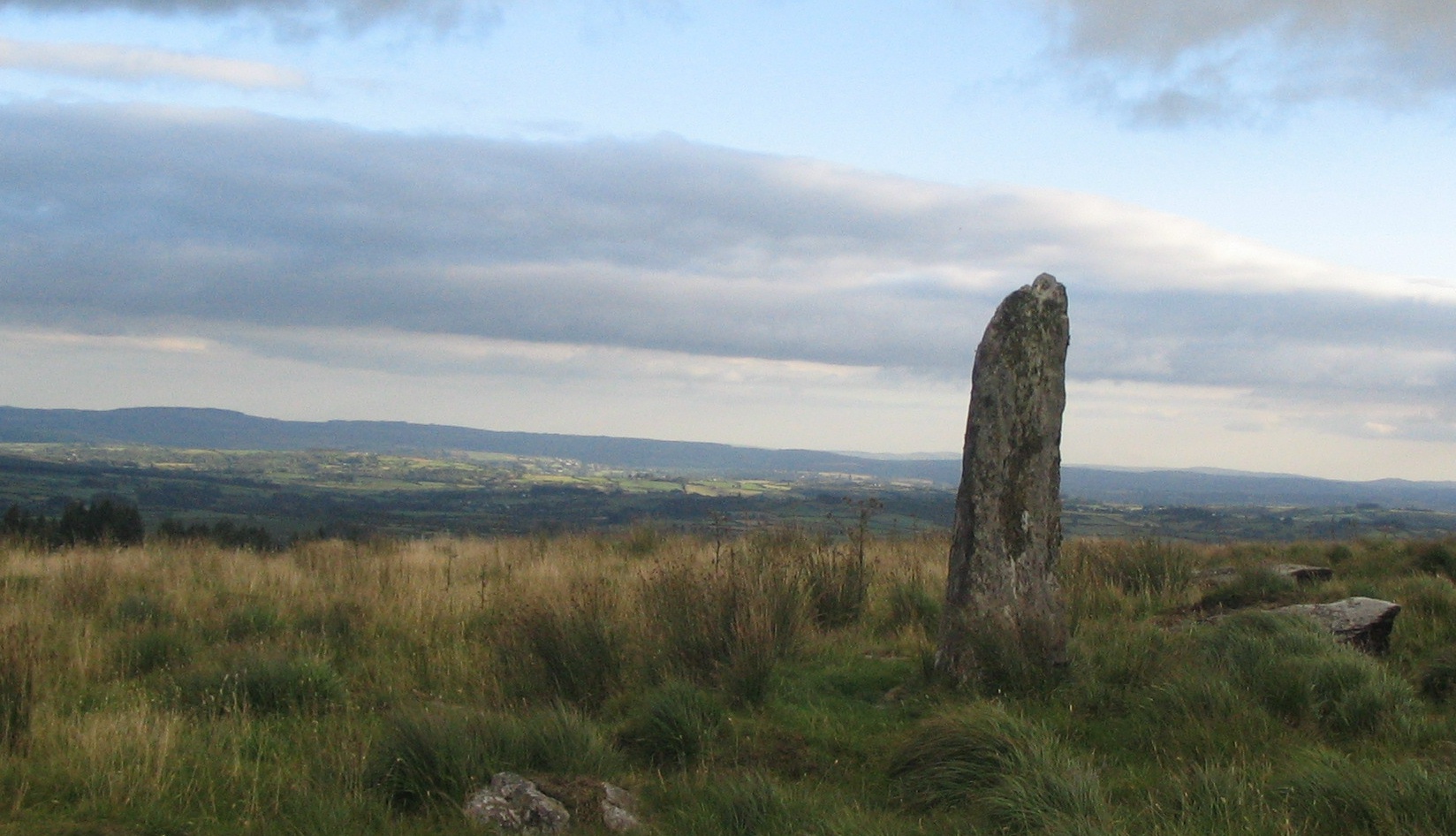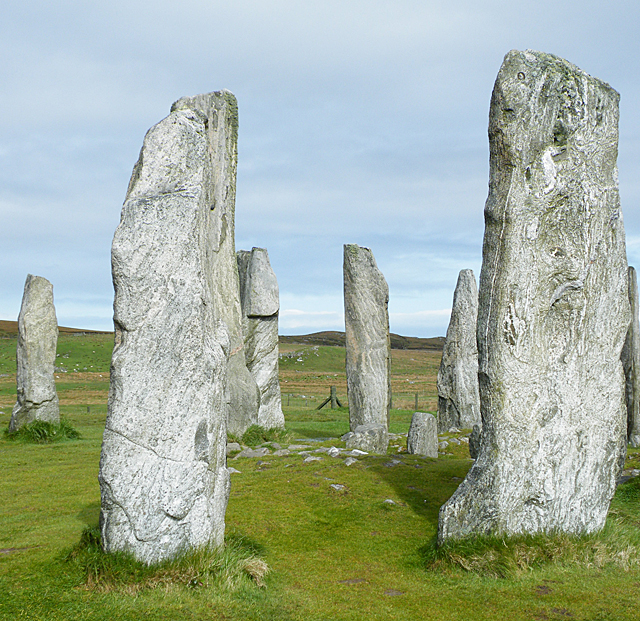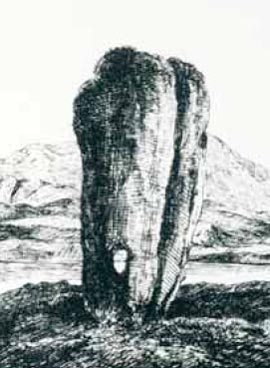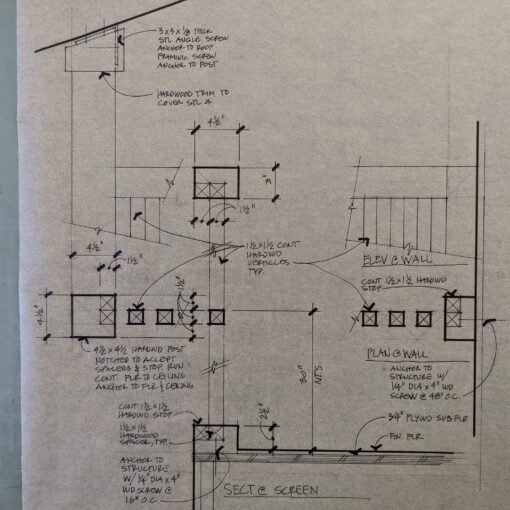This is the first in an occasional series of posts about what architecture is and how it should be made. I am working on an architectural creed and hope to share it with you soon.
The title of this post could be restate as “what is the difference between architecture and building?” Or alternately, “what is architecture?”
It’s a big question. And, being an architect, I have an answer, though not everybody may agree.
By way of an answer, I want to discuss a kind of obsession of mine: standing stones. Our neolithic ancestors seem to have been a bit mad for hauling great rocks short or long distances and erecting them: massive enigmatic totems, many of them still standing millennia after they were originally placed.
These stones often have names – The Odin Stone is one. The names carry on for generations with no memory of why, but only the what. The groups of stones are often associated with legends and mythology, or folk tales. The stones are still treated with reverence in many locations in the UK.

Why did our fore bearers go to the effort of cutting these behemoths, move them to just the right spot, in many cases then shape them and finally stand them tall on the planes of Europe?
We know that many henges, circles and groups of stones, were preceded in their creation by similar structures made from logs stood on end. So we might speculate that they saw stone as longer lasting.

We don’t know the purpose of any of these stones or henges. We can only speculate. But as visitors now, we can experience for ourselves the power of these structures.
Yes, a single standing stone is very much a structure. It was placed, that specific stone, in that specific place, shaped and oriented in a special way for a specific purpose, though that last is lost to us now. That qualifies the single standing stone as a structure in my book.
These single sentinels standing for 1000’s of years have a great power. They are much like the human figure on the landscape, rooted in the ground, stretched vertical, and reaching up to the sky in an act of defiant optimism. The mark a location and claim territory. They may act as memorializing a location or marking a boundary. They may have been places of ritual, and accompanied in many cases with dwellings as well.
The had meaning.
In all these acts and purposes, they are, to my mind, the first acts of architecture.

We are, several thousand years later, much like our neolithic ancestors. We build for primeval reasons, rooted deep in our primal human brains. We build for all the same reasons: to mark a place, to claim a place, to memorialize, or to set a boundary, to make ritual homes, and actual dwellings. When we build for any of these reasons, we are making architecture.
Architecture begins when we make a more or less permanent structure for reasons of ritual, memorial, marking, claiming, or dwelling.
I have been thinking about Architecture and what I believe is important about how we make buildings. This is not about style, though it touches on it. It is about how we build, how we make meaningful buildings. I want to cut through the comodification of architecture, look past the “starchitects”, and find the elemental power of place making. This is one of the things and architect does.





